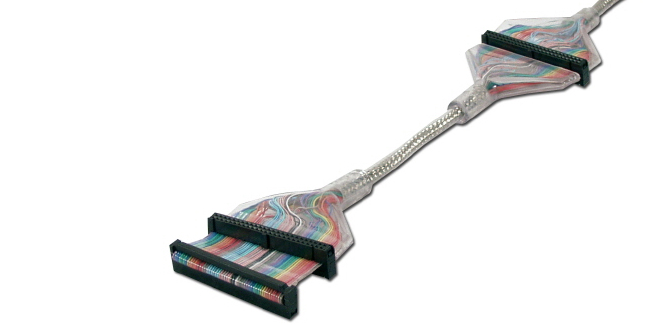SCSI drives are not too difficult to configure, but they are more complicated then IDE drives. The SCSI standard controls the way the drives must be set up. You need to set up following items when you configure a SCSI drive:
- SCSI device ID: Every device on a SCSI bus must be uniquely identified for addressing purposes. Narrow SCSI drives will have a set of three jumpers that can be used to assign the disk an ID number from 0 to 7. Wide SCSI drives will have four jumpers to enable ID numbers from 0 to 15. Some systems don’t use jumpers to configure SCSI device IDs.
- Termination activate: The devices on the ends of the SCSI bus must terminate the bus for it to function properly. If the hard disk is at the end of the bus, setting this jumper will cause it to terminate the bus for proper operation.
- Disable auto start: When present, this jumper will tell the drive not to automatically spin up when the power is applied, but instead wait for a start command over the SCSI bus. This is usually done to prevent excessive startup load on the power supply.
- Delay auto start: This jumper tells the drive to start automatically, but wait a predefined number of seconds from when the power is applied. It is also used to offset motor start up load on systems with many drives.
- Stagger spin: An «enhanced version» of «Delay Auto Start». When a system with many hard drives has this option set for each unit, the drives stagger their start up time by multiplying a user-defined constant times their SCSI device ID. This ensures no two drives on the same SCSI channel will start up simultaneously.
- Narrow/wide: Some drives have a jumper to control whether they will function in narrow or wide mode.
- Force SE: Allows newer Ultra2, Wide Ultra2, Ultra160, Ultra160+ or other SCSI drives to be forced to use single ended(SE) operations instead of low voltage differential (LVD).
- Disable Parity: Turns off parity checking on the SCSI bus, for compatibility with host adapters that do not support the feature.
En este articulo:delaying auto start on SCSI,device id,Disabling parity checking,narrow SCSI,SCSI bus,SCSI drive,SCSI termination,SE,Stagger spining in SCSI,wide SCSI
Escrito por
Krish Advani
Administrador de ENGGDRCAOS. Canal dedicado especialmente a la formación del estudiante que aspira a ser ingeniero. Todos los videos son Ingles. Apasionado del universo Apple, estudiante de Ingeniería y Gamer por vocación.


































































